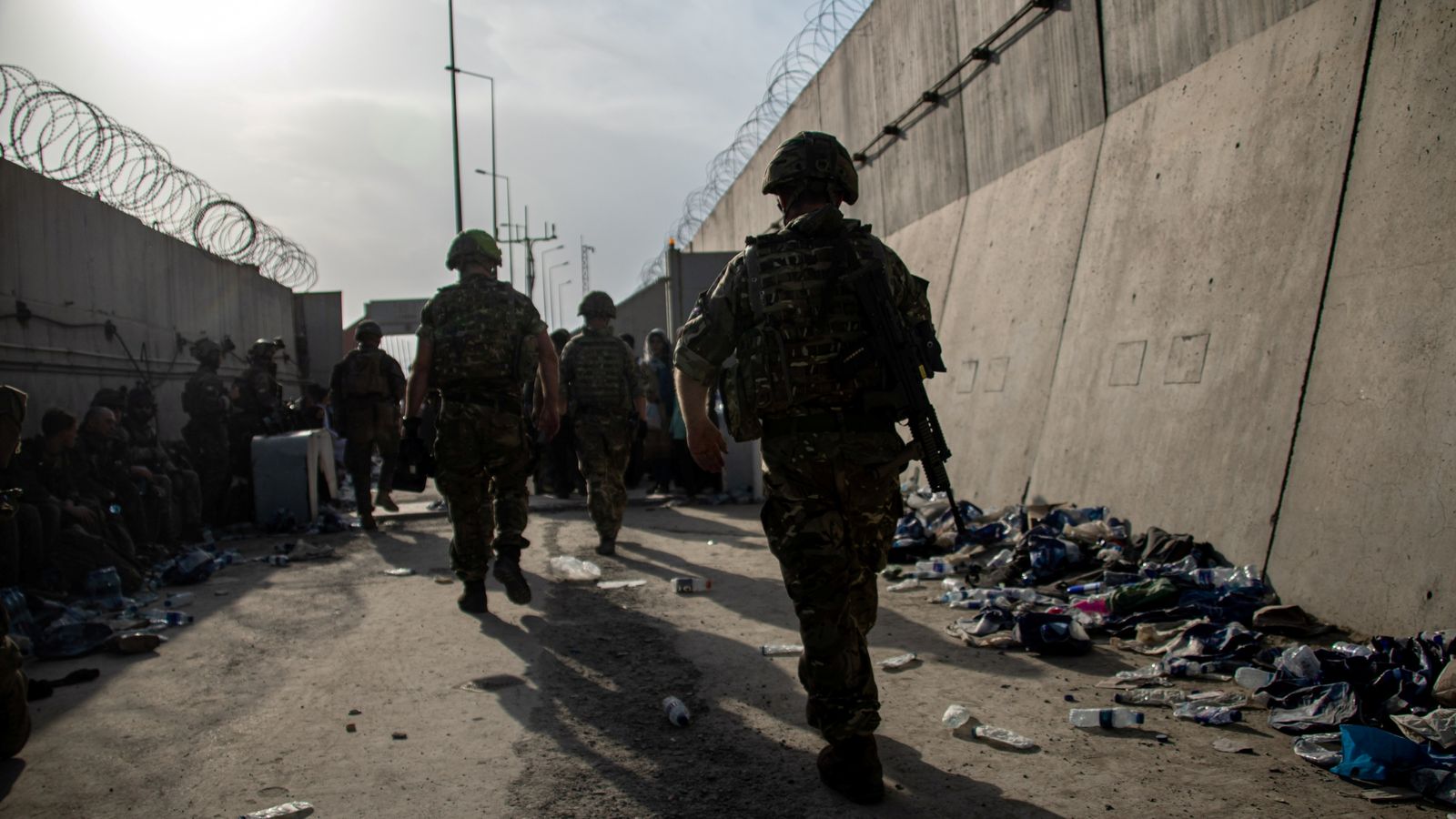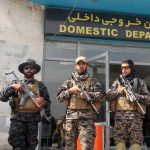At least 16 children are among almost 300 civilian deaths in Afghanistan that the UK government paid out compensation for, analysis suggests.
According to a study of internal Ministry of Defence (MoD) documents, payouts were made over the deaths of 289 people in 189 incidents between 2006 and 2013 – including one family who received just £104.17.
That’s less than was paid out for a lost mobile phone on a British army base.
Overall, £688,000 was paid out by the British military – an average of £2,380 per fatality.
However, some of these payouts were combined with compensation for injuries and property, meaning the average is somewhat inflated, say the findings from charity Action on Armed Violence (AOAV).
One family received just £586.42 for the death of their 10-year-old son in December 2009 – less than another family was given for the death of a herd of donkeys (£662).
On several occasions, electronics and animals were valued above human life, with 106 instances in 2009-10 where property – including crops, vehicles, and building – involved a greater payout than the unnamed 10-year-old.
Afghanistan: Defence Secretary Ben Wallace ‘pretty angry’ over MoD’s data breaches
Taliban 2.0 – a future for Afghanistan in their hands?
More than 1,200 Afghans eligible for UK did not make it onto evacuation flights, defence secretary says
According to analysis by AOAV, at least 20,390 civilians were killed or injured by international and Afghan forces between 2007 and 2020.
The amounts paid were highly inconsistent, with only a sporadic amount of detail given.
Overall, it is estimated by the Costs of War project at Brown University that around 47,245 civilians in Afghanistan died violent deaths as a result of the 20-year conflict, which ended in chaotic fashion with a hasty evacuation of international troops from Kabul airport in August.
Most of the deaths occurred in Helmand, the scene of some of the fiercest fighting involving UK forces, and were recorded in compensation payout data obtained under a Freedom of Information request.
Please use Chrome browser for a more accessible video player
The youngest recorded casualty was a three-year-old boy, killed in December 2009 by “shock from (a) controlled explosion” during an operation to clear an improvised explosive device.
The files recorded the deaths of 16 children, but the true figure could be as high as 86 by including cases that mention the terms “son”, “daughter” or “nephew”.
Afghanistan has a population with a median age of 18.4, so the likelihood of someone’s child being a minor is high.
The MoD said the UK had always sought to minimise the risk of civilian casualties through “rigorous targeting processes”.
Murray Jones, the author of the AOAV report, said: “These files do not make for easy reading. The banality of language means hundreds of tragic deaths, including dozens of children, read more like an inventory.
“Sadly, due to the way civilian casualties were recorded, these totals are likely to be just a fraction of the true number.”
The amount of compensation paid is determined by common law principles, which include factors such as pain and suffering along with financial loss.
Follow the Daily podcast on Apple Podcasts, Google Podcasts, Spotify, Spreaker.
An MoD spokesman said: “Every civilian death is a tragedy and the UK always seeks to minimise the risk of civilian casualties through our rigorous targeting processes, but that risk can never be removed entirely.
“The amount of compensation paid is determined by legal principles which consider the degree of injury and both past and future losses; settlements also reflect local customs and practice.”






















